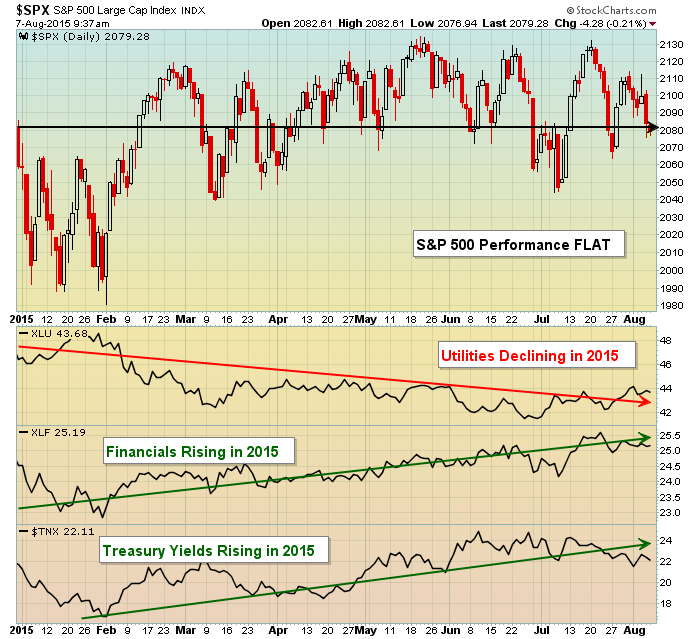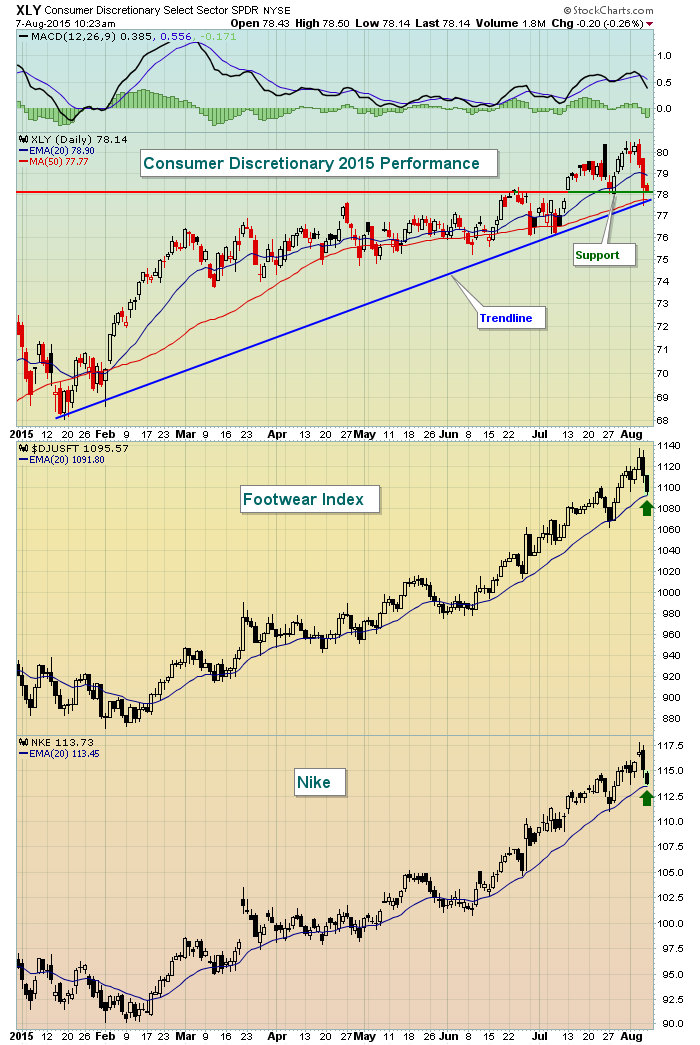I know many of you prefer the increased safety and diversification of ETFs over trading individual stocks. For some of you, it may simply be that you don't have time to watch over a portfolio of stocks, nor do you have the time and/or inclination to spend additional hours searching for future trading candidates. For others, the emotional toll can be too great especially if you've had bad experiences with owning individual stocks. I understand all that so I realize that trading individual stocks isn't necessarily going to appeal to you. But my preference has always been to trade individual stocks - but only for one quarter at a time, from one earnings date to the next. The reason is quite simple. I don't enjoy putting my capital at risk for a coin toss and the reaction to earnings reports provides odds that are very similar to a coin toss.
Before I delve into reasons why I like individual stocks, let me explain why I don't like ETFs. The first reason is diversification. What's wrong with diversification? Well, I want ALL of my money working for me. Diversifying does provide you with a basket of stocks for sure. The problem is that it helps you find losers in addition to winners. For instance, let's look at the performance of the S&P 500 ($SPX) this year. Check out this chart:
I have believed, and continue to believe, that we are in a short- to intermediate-term uptrend in treasury yields. Rising yields and a steepening yield curve favors owning financials, especially banks and insurance companies. Rising rates are generally headwinds for utility stocks. When you invest in an ETF like the SPY (ETF that tracks the performance of the S&P 500), some of your money is invested in utilities while other money is invested in financials. To me, it seems as though your money is competing against itself. If I believe treasury yields will continue to trend higher for the next several months, I do NOT want to own utilities.
One simple answer would appear to be "buy a financial ETF". But there are several industry groups within the financial sector, including real estate investment trusts (REITs) which are affected by rising yields similar to utilities. So once again, trading the XLF (ETF that tracks the performance of the financial sector) means having money diversified into areas that tend to trade opposite one another. Obviously, the next thought is to trade a banking ETF. While that would certainly be more appealing to me, you then own a large number of banks, some of which may not be performing very well, holding back the performance of the group. Why not own one or two banks that just reported strong quarterly results, ahead of Wall Street forecasts, with technical price action that suggests the best is yet to come?
As a momentum trader, I want my money invested in areas of the stock market that are working. Currently, that includes many areas of the consumer discretionary and financial sectors. Throw in some healthcare, technology and perhaps an industrial stock and you have diversification where all your money is following the price action higher. Now you might look at the above chart and say "the S&P 500 isn't trading higher, what are you talking about"? Well, take a look at a couple sectors and industry groups that are working:
From one glance at this chart, it seems fairly obvious to me that consumer discretionary has been performing extremely well in 2015 despite the choppiness of the S&P 500. The Dow Jones U.S. Footwear Index has been the best performing industry group within the consumer discretionary space. Finally, Nike (NKE) trails only Skechers (SKX) as the best performing footwear stock in 2015. NKE and SKX have both been companies that have been exceeding Wall Street revenue and EPS estimates and both carry very high StockCharts Technical Rank (SCTR) scores. Why wouldn't you want to own the best performing stocks in every market environment? This is why trading individual stocks makes so much sense to me. Yes, there's more risk on a day-to-day basis, but it's also why I try to focus on companies that continue to exceed Wall Street expectations - to help limit some of that risk.
Now having said all of this, I do want to point out that NKE has recently printed a negative divergence on its MACD so owning it on this latest 20 day EMA test adds a bit more risk. I typically look for 50 day SMA tests once a negative divergence has printed and given the recent overall market weakness, we may be setting up for NKE's first 50 day SMA test in two months and only its third since February. We'll see.
In today's Trading Places LIVE webinar at noon EST, I'm going to explore in much more detail how to uncover the best of the best in trading individual stocks. Please join me if you're interested, it's FREE! Simply CLICK HERE to register and I'll see you there!
Happy trading!
Tom








